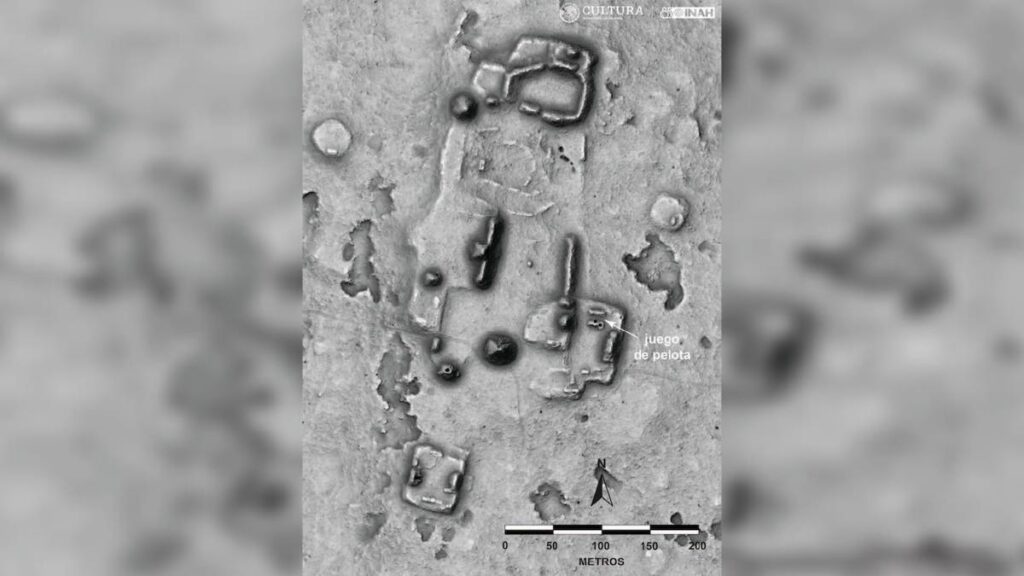Archaeologists have discovered a mysterious underground structure with painted walls hidden beneath a Mayan ball court in Mexico.
The team found the building while excavating the playing fieldthe playground for the ritual ball game played by the Maya and other Mesoamerican peoples.
“We have found parts of an earlier building with painted walls, but only further excavations can reveal the shape of that underlying building and its function,” he said. Ivan Prajcarchaeologist at the Institute of Anthropological and Spatial Studies in Slovenia and director of the excavation.
The find is “clearly a very important structure, as ball courts are normally only found at important Maya sites, which were centers of regional political organization,” Šprajc told Live Science in an email. The structure could date to the Early Classic period (200 to 600 A.D.) and is covered in a layer of painted stucco, according to a translated statement from Mexico’s National Institute of Anthropology and History.
Previously, Šprajc and his colleagues surveyed a large area of the Maya lowlands in the Mexican state of Campeche using lidar, a technique in which millions of laser pulses are fired from an aircraft. These pulses then bounce off the ground and return to the machine on the plane, allowing researchers to map the topography of the landscape.
“We found several ancient Maya settlements, with remains of residential buildings and temple pyramids,” Šprajc said. In 2023, the team found Ocomtún, a lost Maya city with several large pyramids from the Classic Maya period (around 200 to 900 CE). The newly discovered site is in a previously unexplored area south of Ocomtún, he said.
In addition, the team discovered another site with a plaza, a 52-foot-tall (16 meters) pyramid and a rectangular water reservoir, the statement said. On top of the pyramid, the archaeologists found several offerings: ceramic vessels; a ceramic animal bone, possibly from an armadillo; and a flint knife or spear point.
RELATED STORIES
—What’s Hidden in the Ancient Mayan Pyramids?
—Rubber balls used in famous Mayan game contain ashes of cremated rulers, archaeologists claim
—Mayan Sacrifice Victims Found with Mysterious Blue Rope in Their Teeth
These offerings “were placed at the temple in the Late Postclassic period (the last centuries before the arrival of the Spanish conquistadors)” from 1250 to 1524, Šprajc said.
By the Late Postclassic, the central Maya Lowlands had already fallen into political chaos. But people “remained in the area after the crisis that led to the drastic demographic decline in the 9th and 10th centuries, caused by overpopulation, soil exhaustion, climate change (prolonged droughts) and destructive warfare,” he said.
“The sacrifice indicates that even after most Classic Period Maya settlements were abandoned, small and impoverished groups of people continued to roam and make sacrifices at or near their ancestral sites,” Šprajc said.

